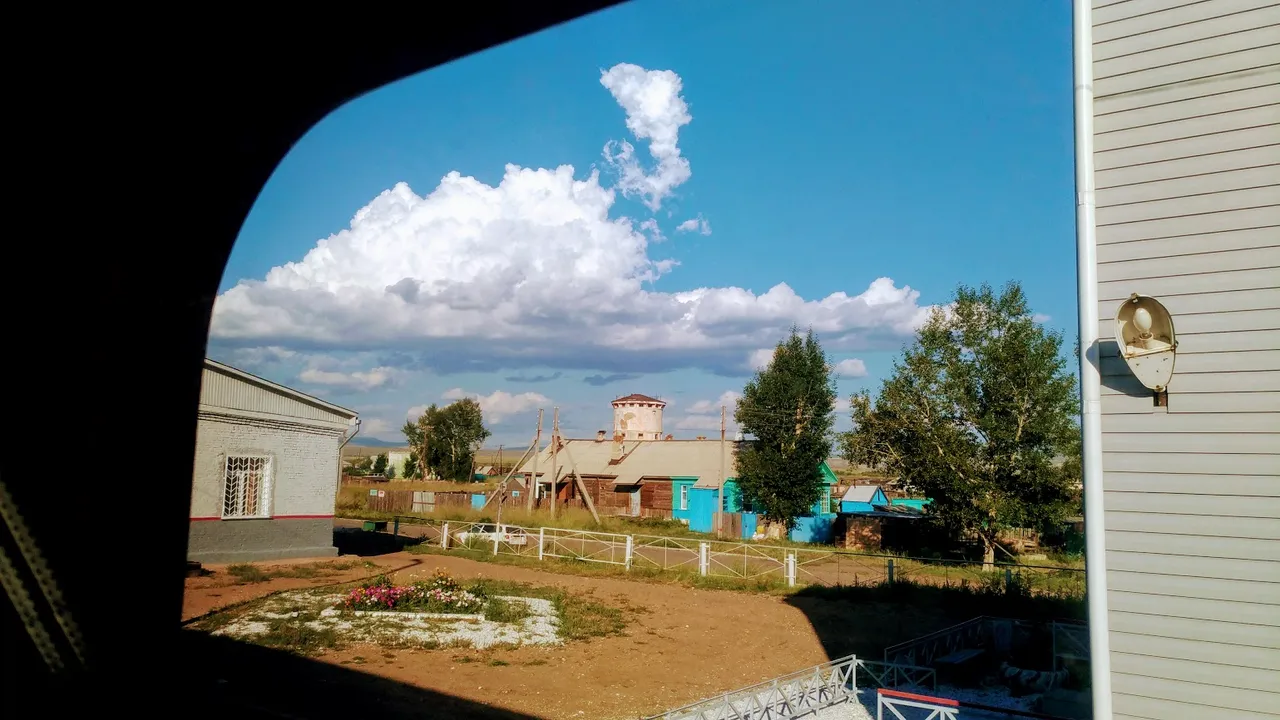
[//]:# (!pinmapple 52.447958 lat 105.433675 long Trans-Siberian Railway Adventure d3scr)
In my previous post, I have written about Part 1 of My Trans-Siberian Railway Adventure which is from Bejing(China) to Ulaan Batar(Mongolia). In this post, I will continue with Part 2, which will document my train journey from Ulaan Batar (Mongolia) to Irkutsk (Siberia).
Part 2: From Ulaan Batar (Mongolia) to Irkutsk (Siberia)
My wife and I spent 4 nights in Mongolia, 2 nights in Ulaan Batar itself and another 2 nights in a Mongolian Ger or yurt with a nomadic family in the outback of Mongolia.

Ulaan Batar, the capital city of Mongolia is very congested and with lots of skyscrapers. Limit your time in the city as the gem of Mongolia is in the countryside.

From the crowded city to the quiet outback of the Terelj National Park.
After a 4-night stay, my wife Roselind and I were ready to embark on the next stage of the Trans-Siberian Railway Adventure to Irkutsk, Siberia.

We were traveling in the 2nd class compartment which has 4 bunker beds. For this part of the trip, we shared the compartment with 2 Korean ladies from Busan.
The vast green rolling grasslands, alpine forests and mist-covered mountain ranges kept me fascinated at the train's window. Mongolia has one of the lowest population densities in the world and as such its rural landscape is relatively unspoiled by development. In fact, it is estimated that over 55% of this country is still covered by huge tracts of grasslands, also known as steppes. This is in direct contrast to the concrete jungles of Beijing and Ulaan Batar.
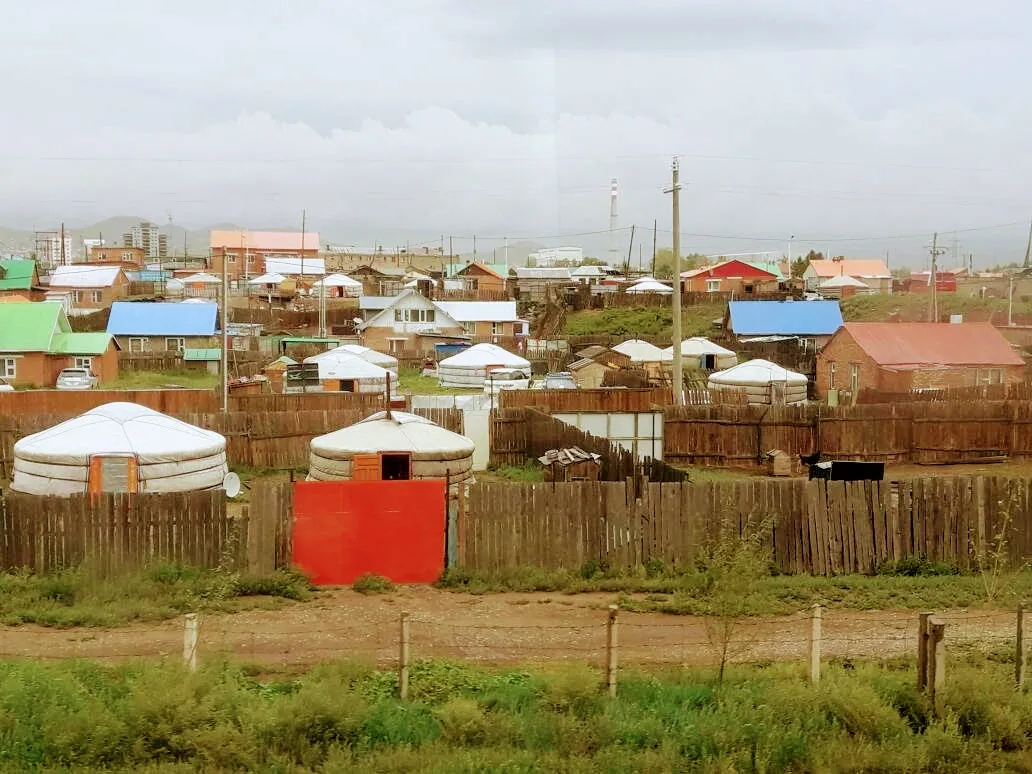
A rural Mongolian village with Gers.

The rolling grassland is ideal for cattle and livestock.
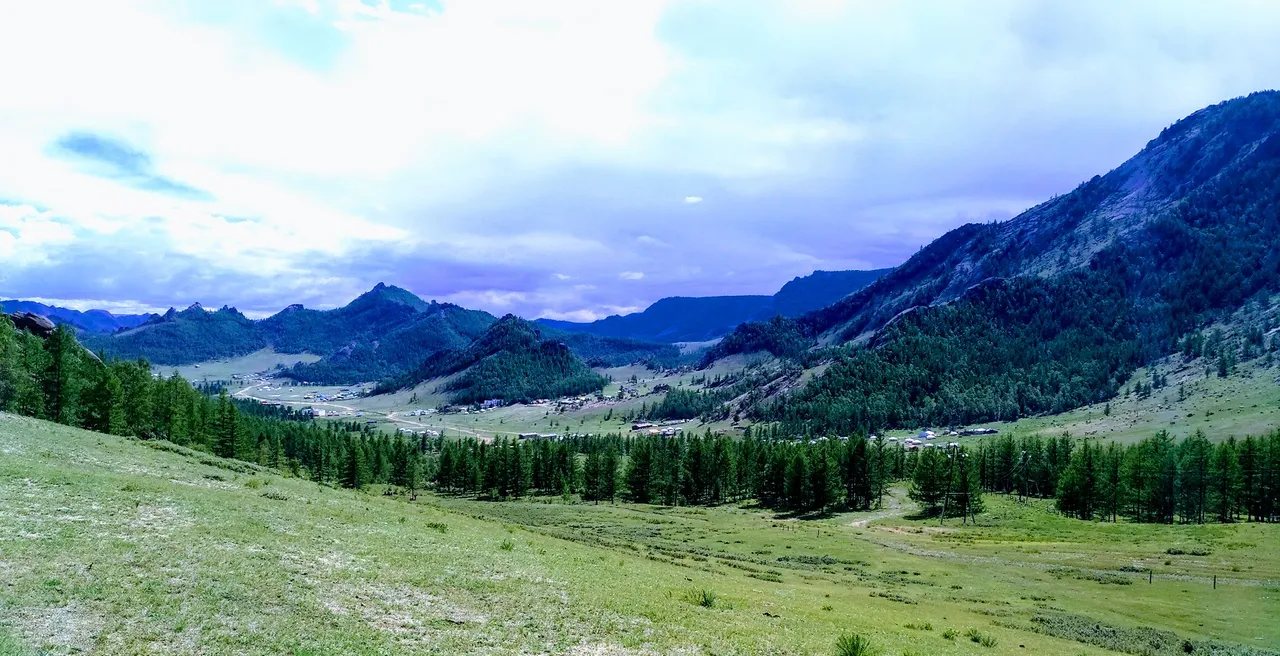
The alpine forest looks pristine against the majestic mountain ranges.
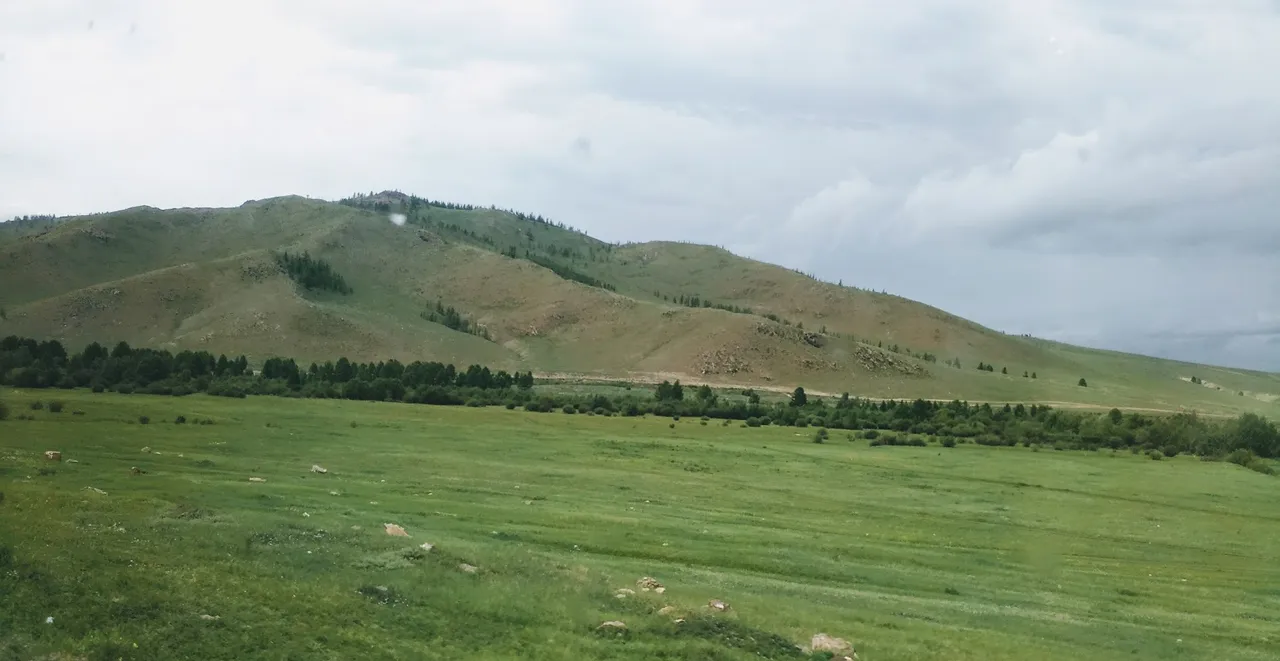
The virgin landscape is untouched by development.
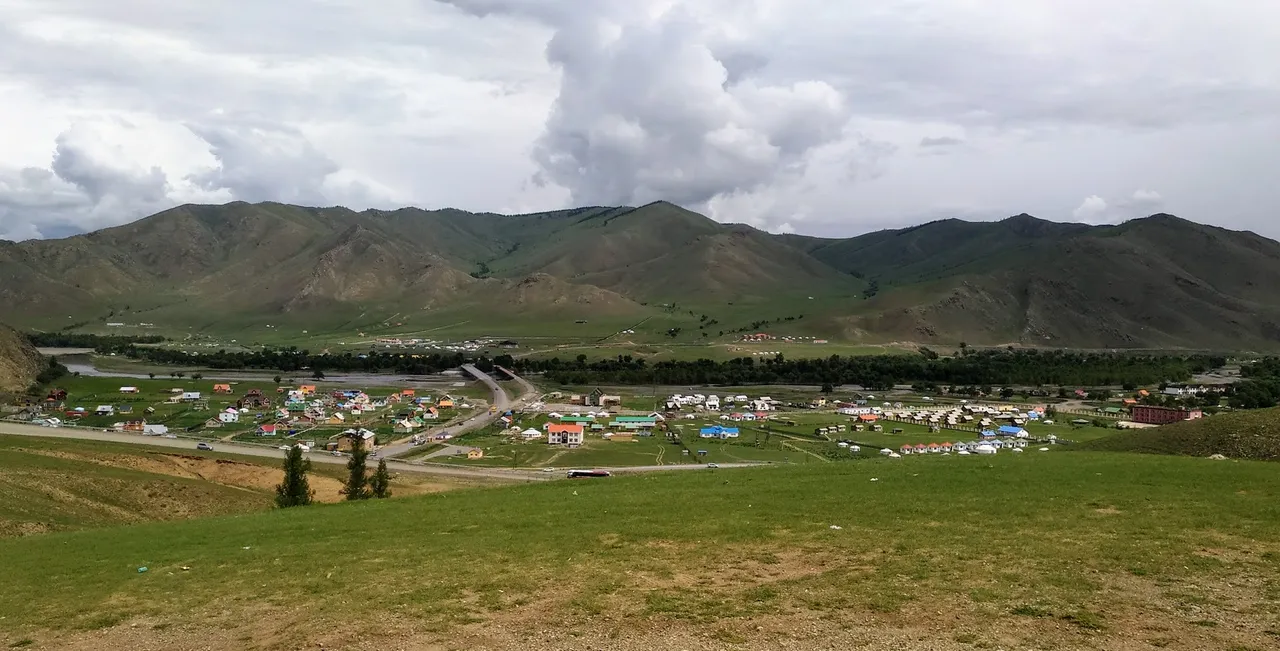
A rural town in the valley with the mountains in the background.
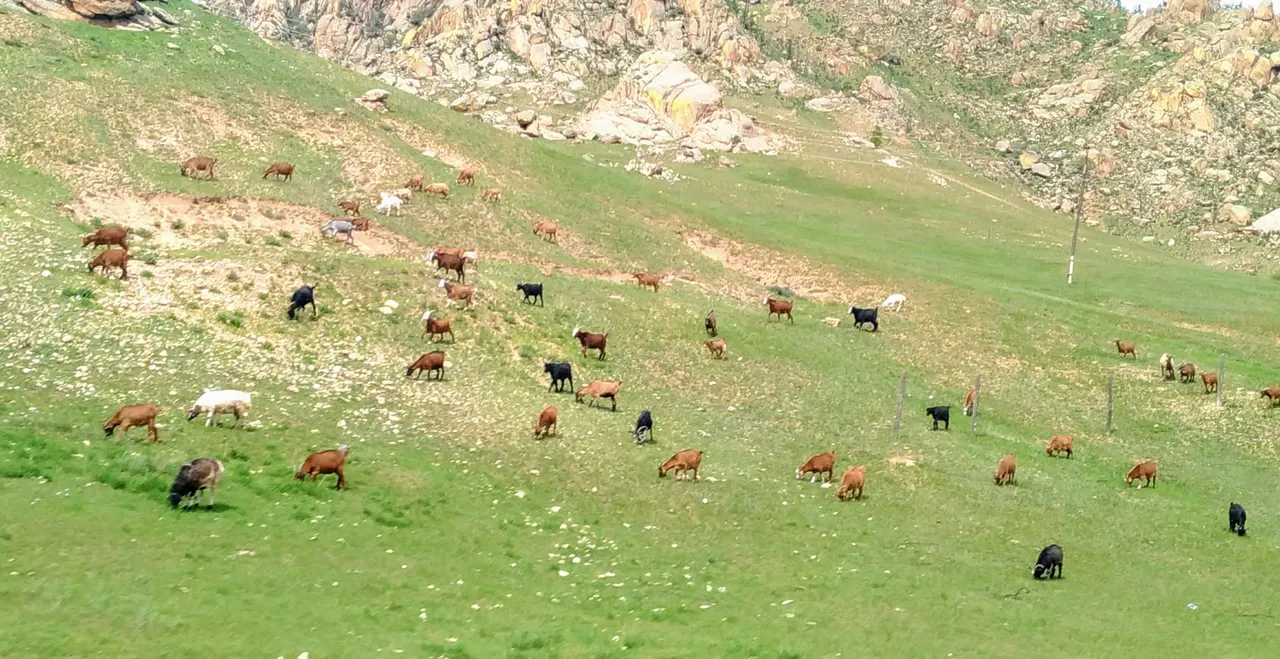
Livestock grazing on green pasture. One of the main produce of Mangolia is milk and dairy products.
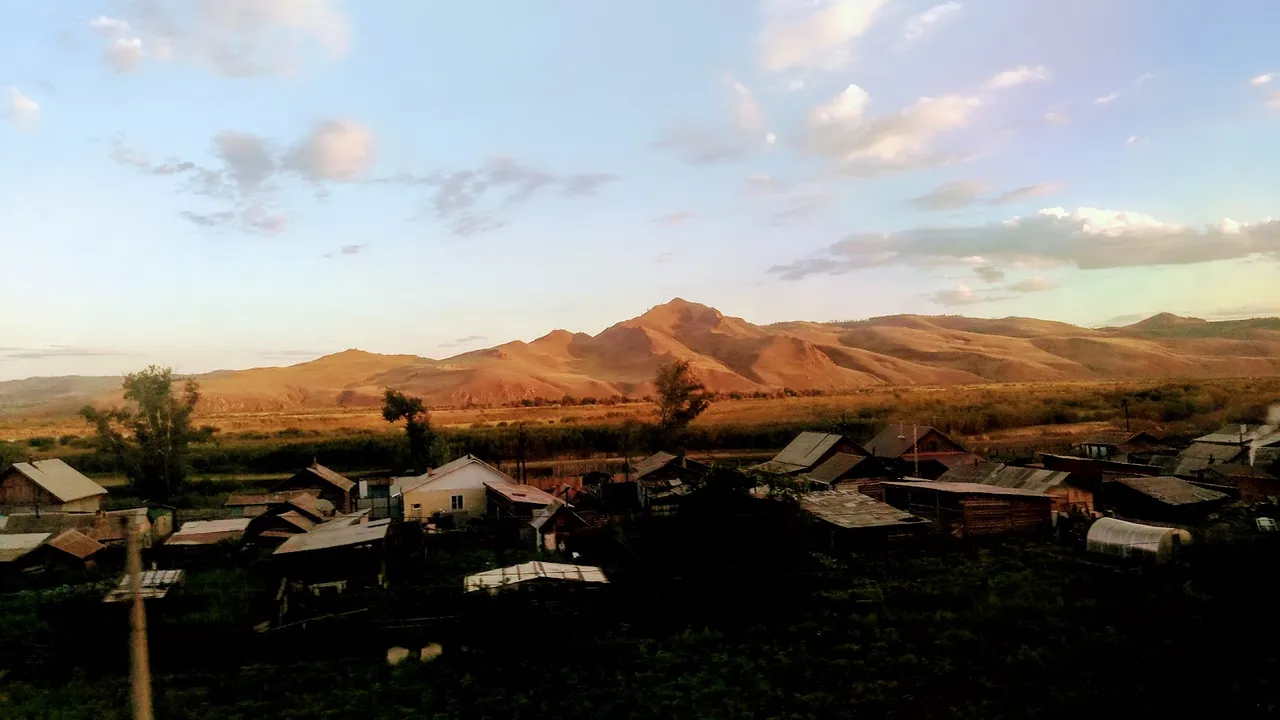
The sunset is a magical time when the landscape is bathed in a golden glow.
Once we entered the Siberian territory, the presence of the military seems to be more noticeable.
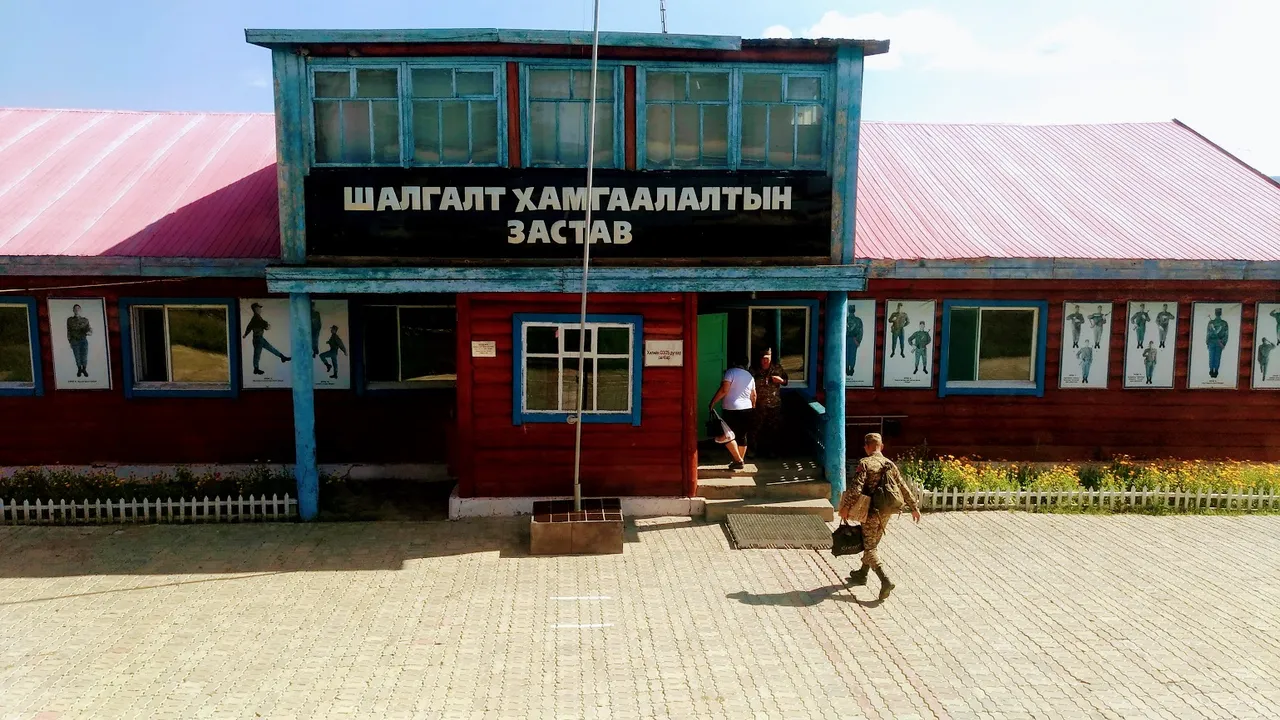
The area In Siberia is more arid, there is less vegetation and the grass looks rather brown instead of green. This is because the climate in most of Siberia is subarctic, with minimal precipitation.
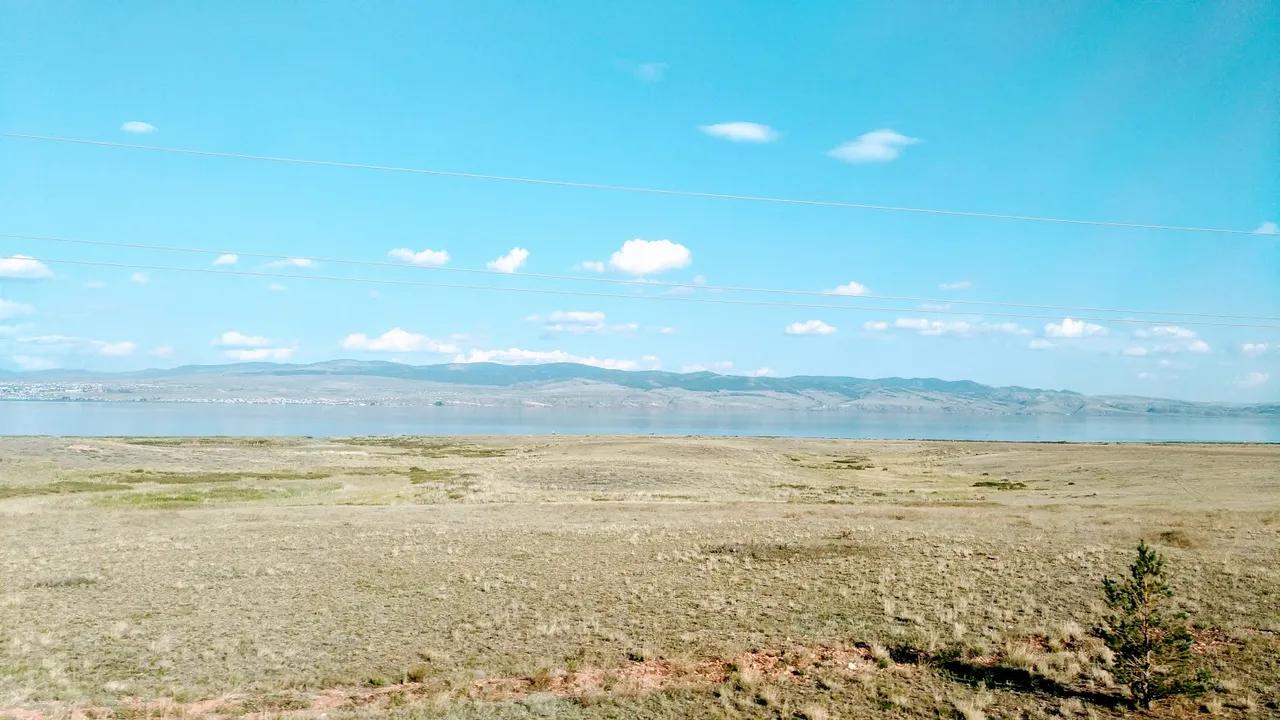
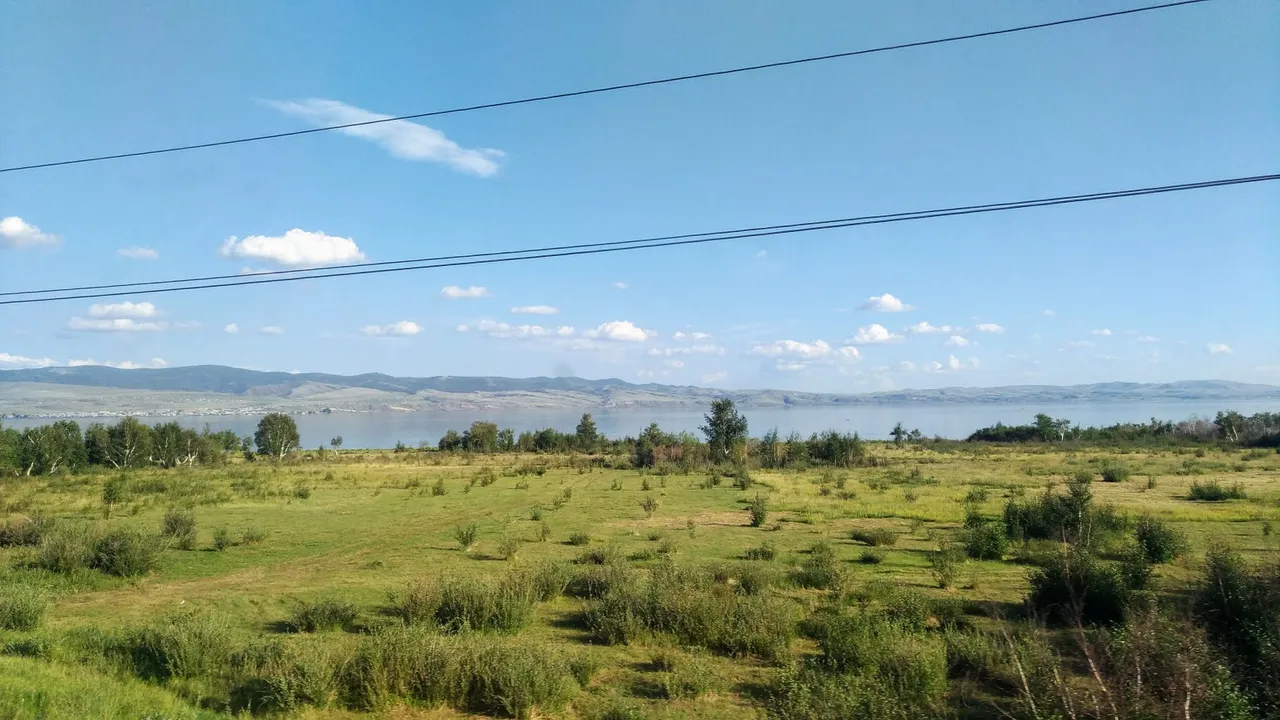
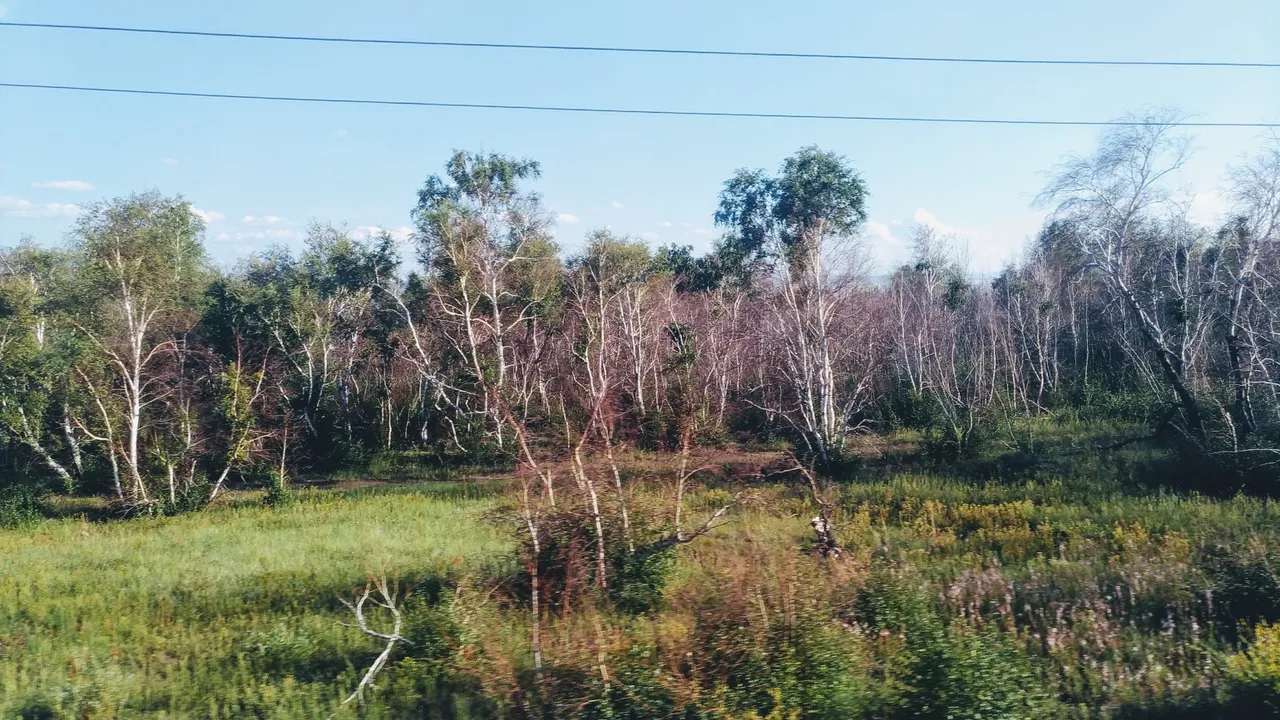
Pine forests are known as "taiga" in Russian.
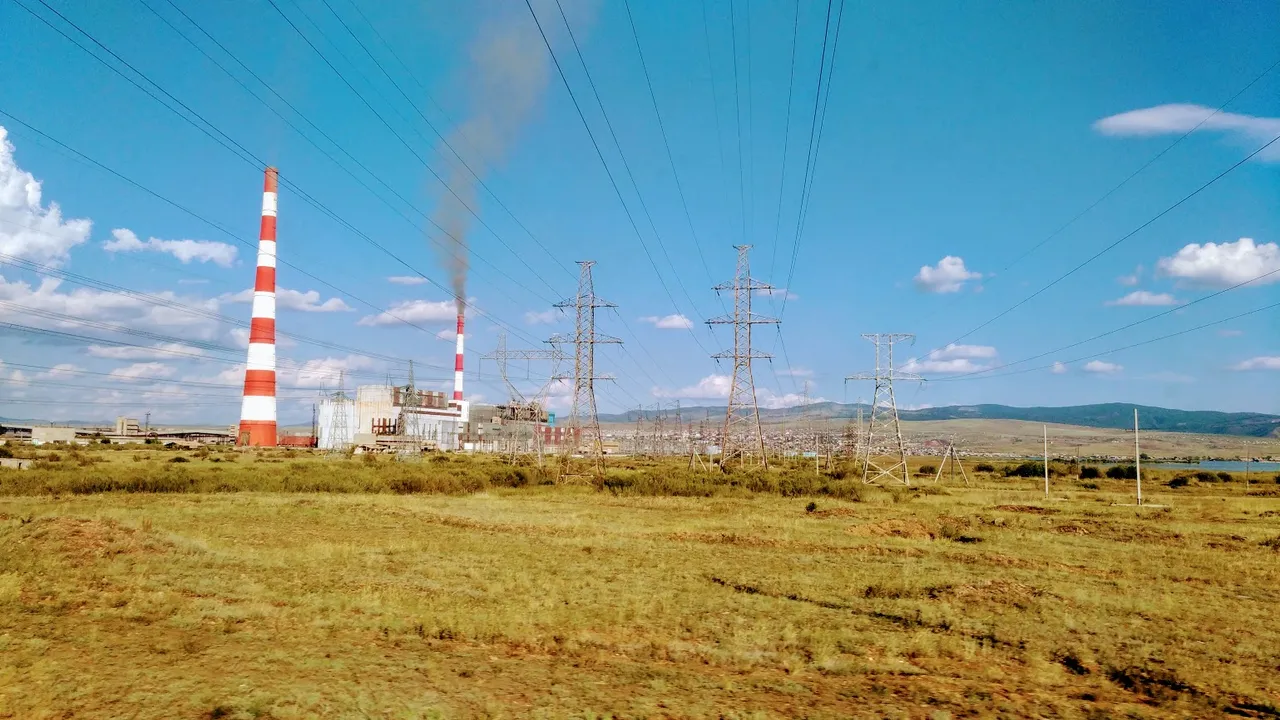
A stop at a train station is always a welcome break from the monotony of the train journey. One of the stops was during the daytime and I managed to take a short walk to a Siberian Village located next to the station.
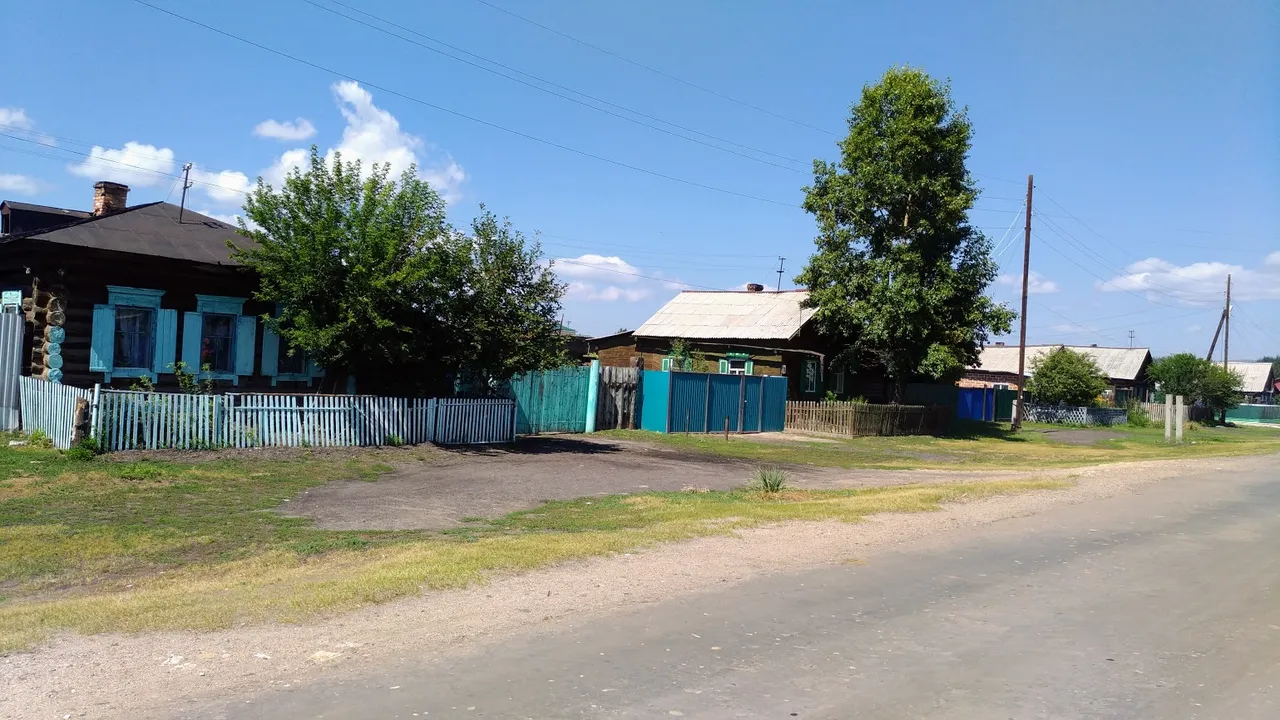
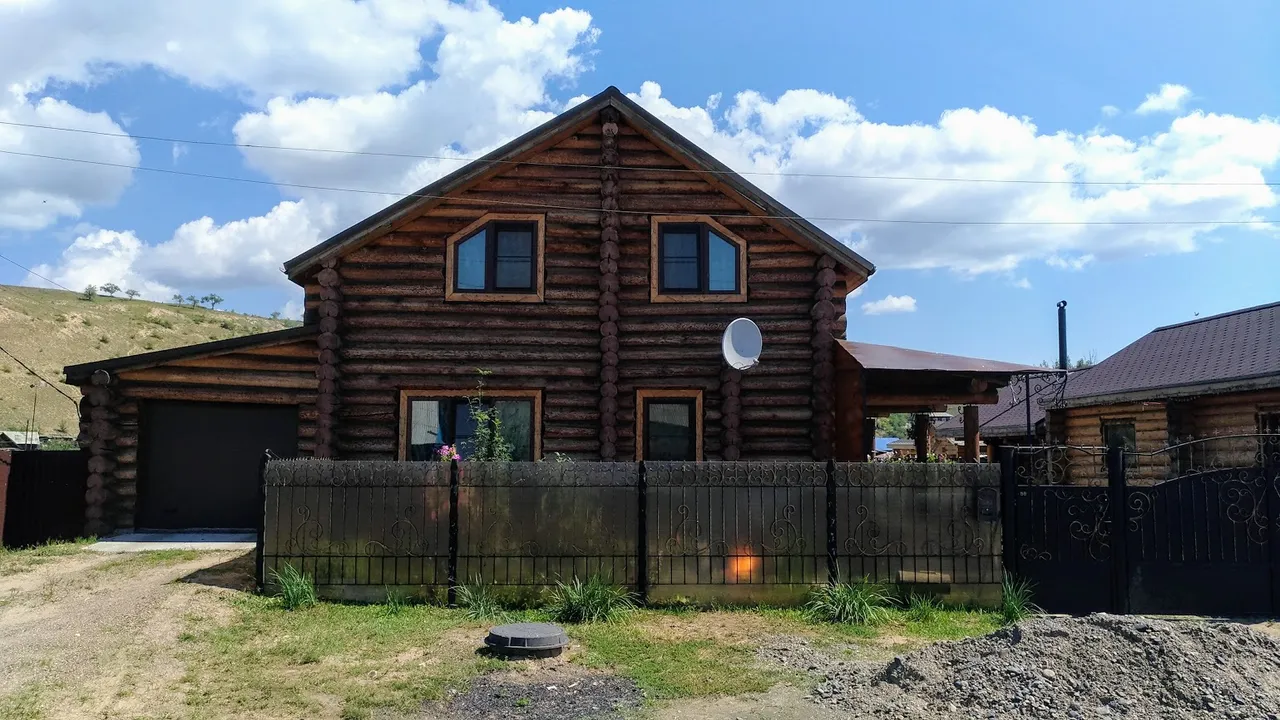
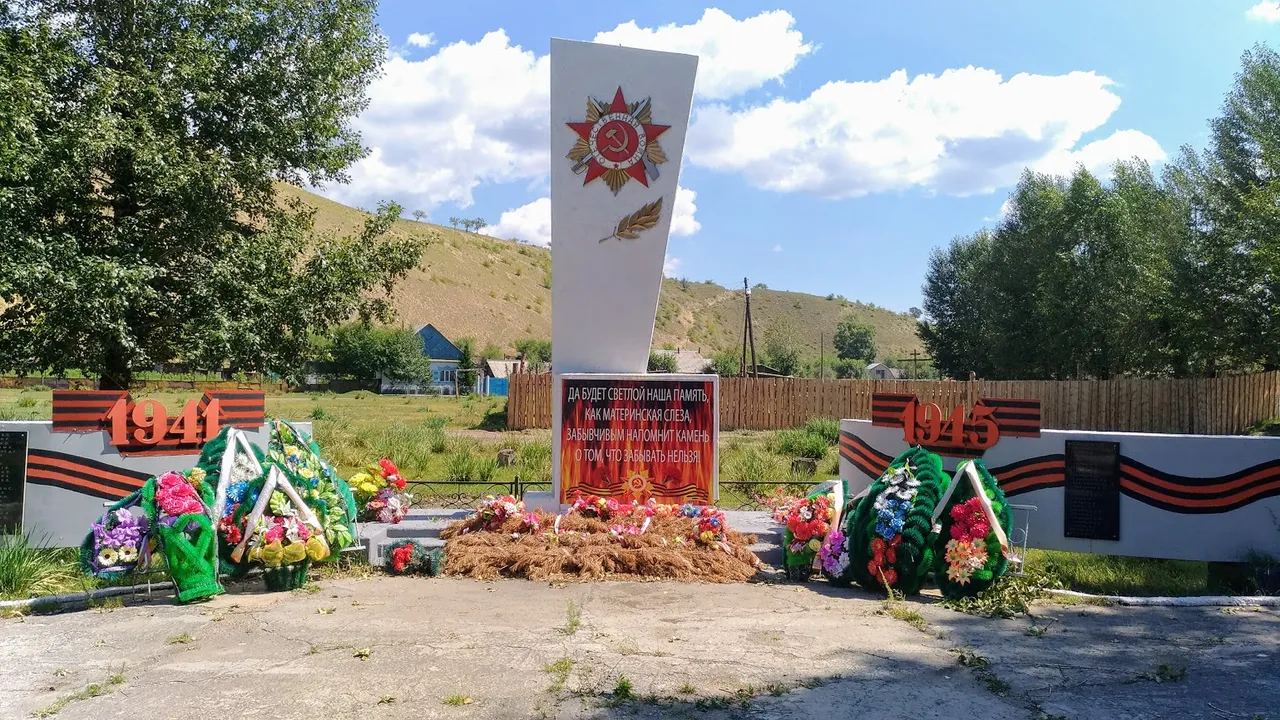
A simple war memorial. I was quite surprised to find fresh flowers there. I later learnt that it is customary for people to leave flowers as a token of honour for those who served in the war.
We had another stop which occurred during the night. However this was just a short stop and we had just enough time to buy our dinner from one of the shops at the station.
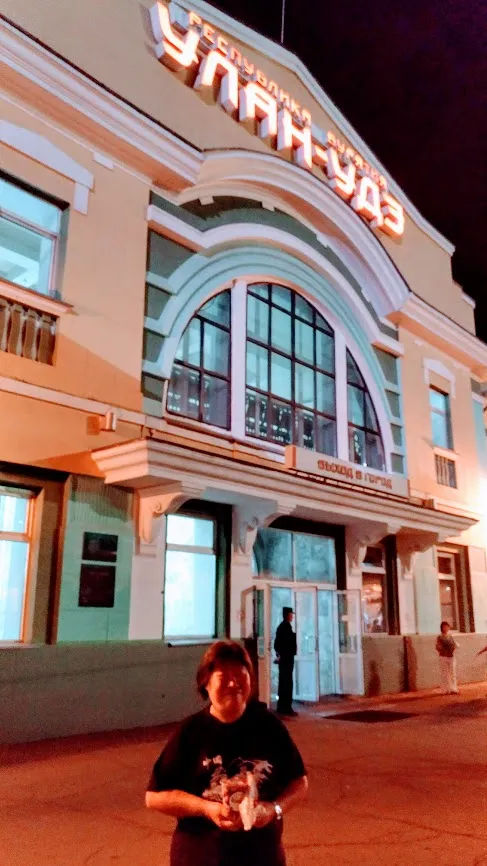
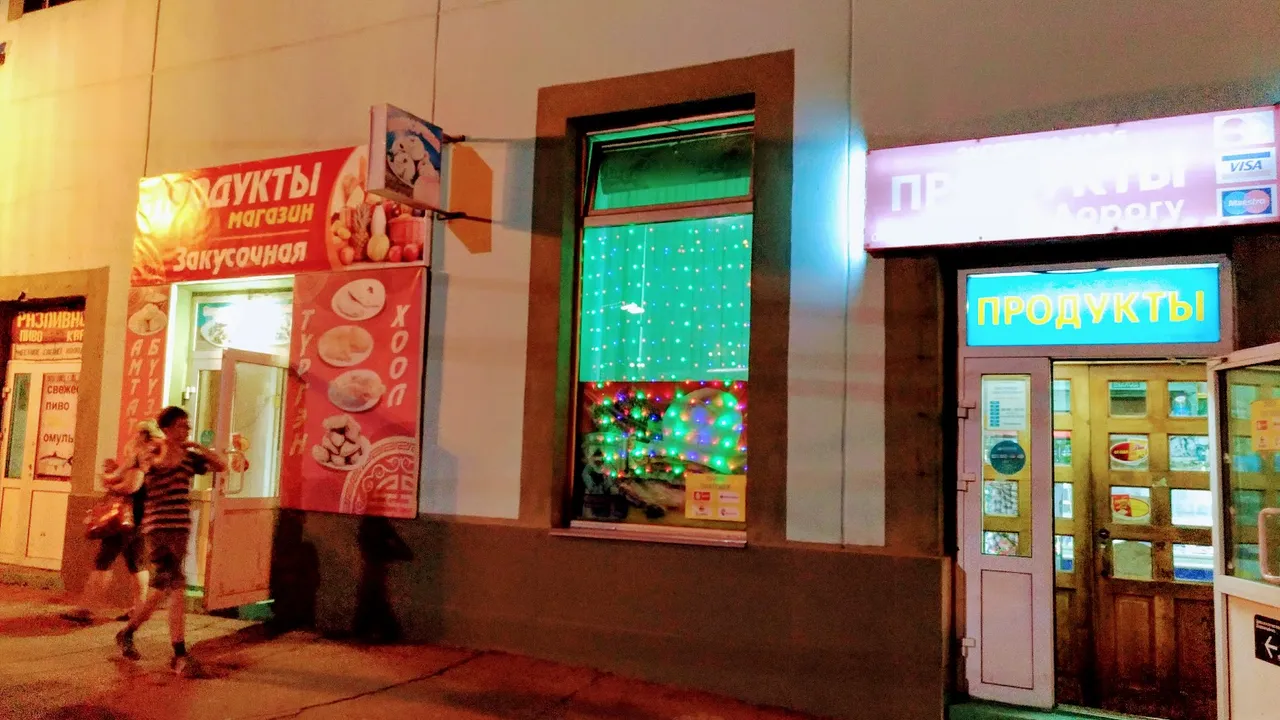
After 2 nights on the train, we finally arrived in Siberia full of anticipation and excitement of the adventure that will lie ahead of us.

Read about Part 3 of My Trans-Siberian Railway Adventure here
Follow me and stay positive.
Do check out my previous posts.
Discovering The Enchanting Hakone Open Air Museum
My Unforgettable Trip To Bario Highlands, The Eden Of Borneo
Daring To Dream At Age 60 Part 2
My Trans-Siberian Railway Adventure Part 1: Views From A Train’s Window
Spreading positivity one post at a time.
Charles

